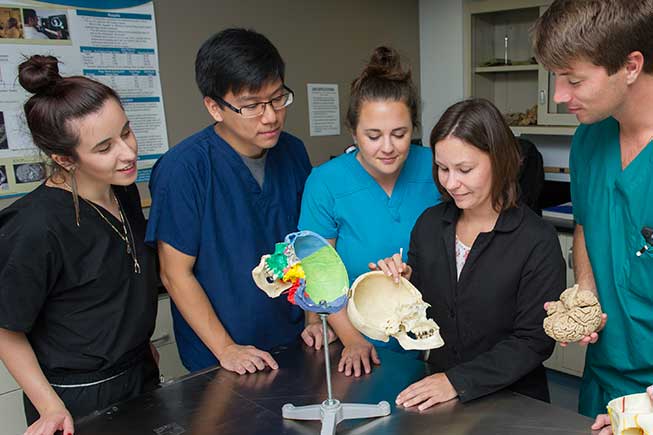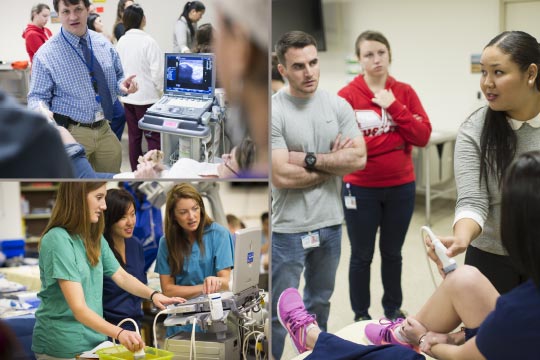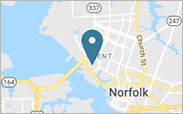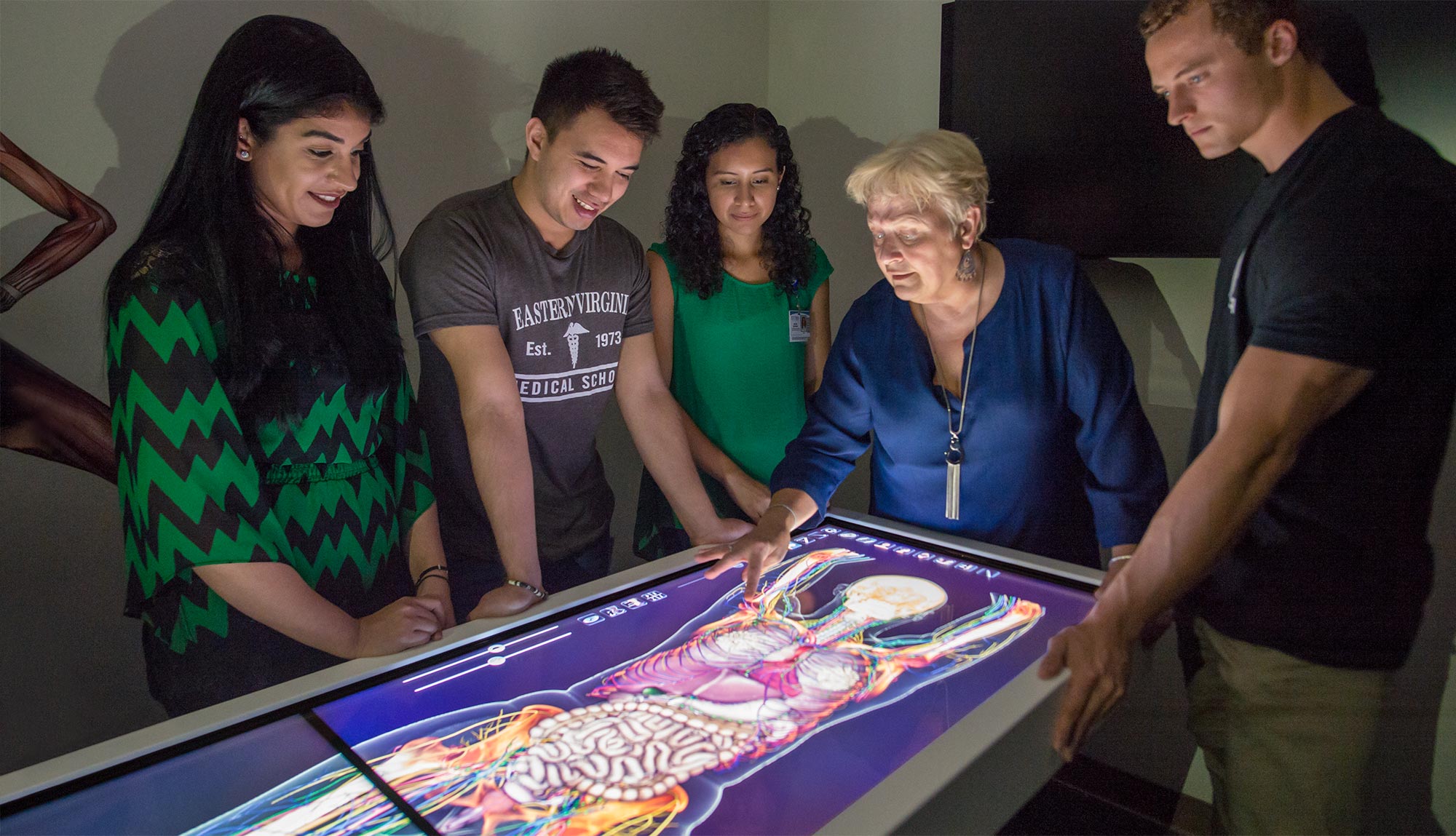
Master of Anatomical Sciences
Earn a master’s degree in three semesters and learn an innovative, technological approach to a traditional science.
Master of Anatomical Sciences
Learn more about the program.
Meet with a program representative.
Thank you
Master of Anatomical Sciences
Why Anatomical Sciences?
The Master of Contemporary Human Anatomy program has become the Master of Anatomical Sciences. The change reflects an effort to more accurately capture the comprehensive nature of this degree program and also moves EVMS School of Health Professions in line with the most current naming conventions in the field.
This three-semester program marries traditional sciences and classic anatomy coursework with emerging technologies, such as virtual dissection, 3D printing and plastination.
Program benefits
Customized curriculum
Freedom to select the electives and capstone project that best prepare you for your post-graduate goals.
Full-body dissection
Dissection experience at a ratio of 2 students to 1 anatomical donor (cadaver).
Teaching opportunities
Options to serve as teaching assistants for courses in gross anatomy, ultrasound or histology.
Opt-out
Potential course exemptions if you matriculate into our Health Professions program.
Beyond the textbook
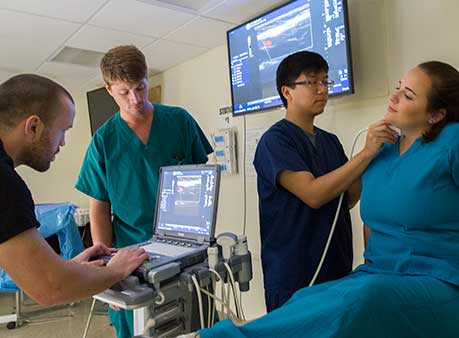
Ultrasound training
Early in their careers, students learn to use this powerful and portable technology to look beneath the surface in real time.
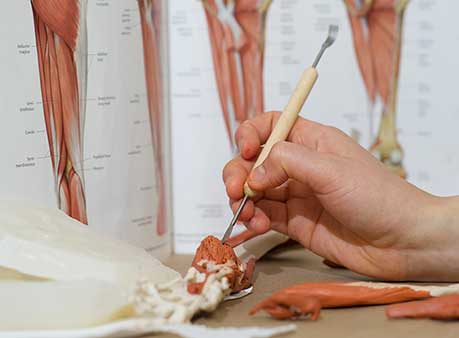
Hands-on training
Students engage in a wide range of hands-on learning opportunities at EVMS School of Health Professions.
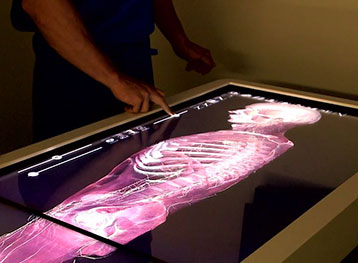
Virtual dissection
Innovative tools like the virtual dissection table enable students to practice dissection techniques outside the cadaver lab.

Ultrasound training
Early in their careers, students learn to use this powerful and portable technology to look beneath the surface in real time.

Hands-on training
Students engage in a wide range of hands-on learning opportunities at EVMS School of Health Professions.

Virtual dissection
Innovative tools like the virtual dissection table enable students to practice dissection techniques outside the cadaver lab.

Ultrasound training
Early in their careers, students learn to use this powerful and portable technology to look beneath the surface in real time.

Hands-on training
Students engage in a wide range of hands-on learning opportunities at EVMS School of Health Professions.

Virtual dissection
Innovative tools like the virtual dissection table enable students to practice dissection techniques outside the cadaver lab.
Looking for a short-term option? Check out our 8-week intensive Certificate in Anatomy.



